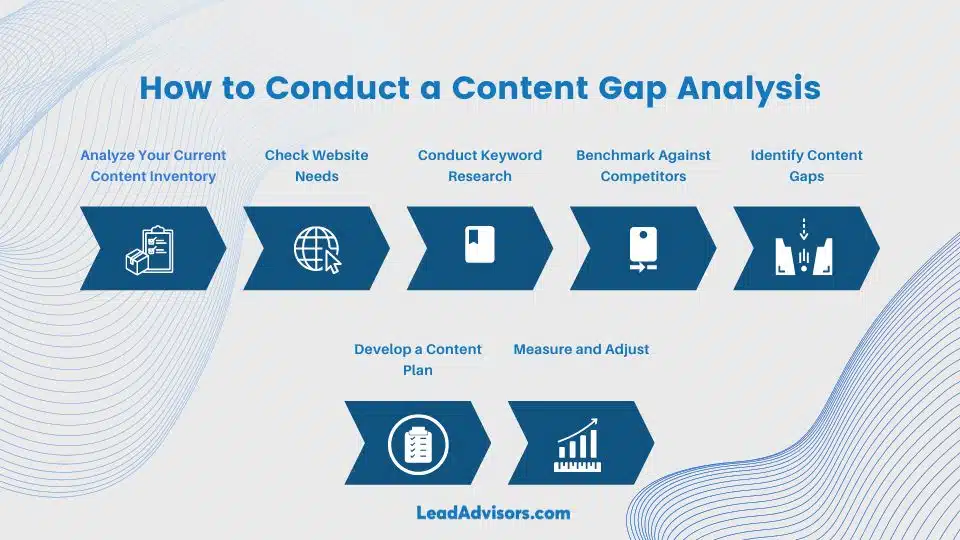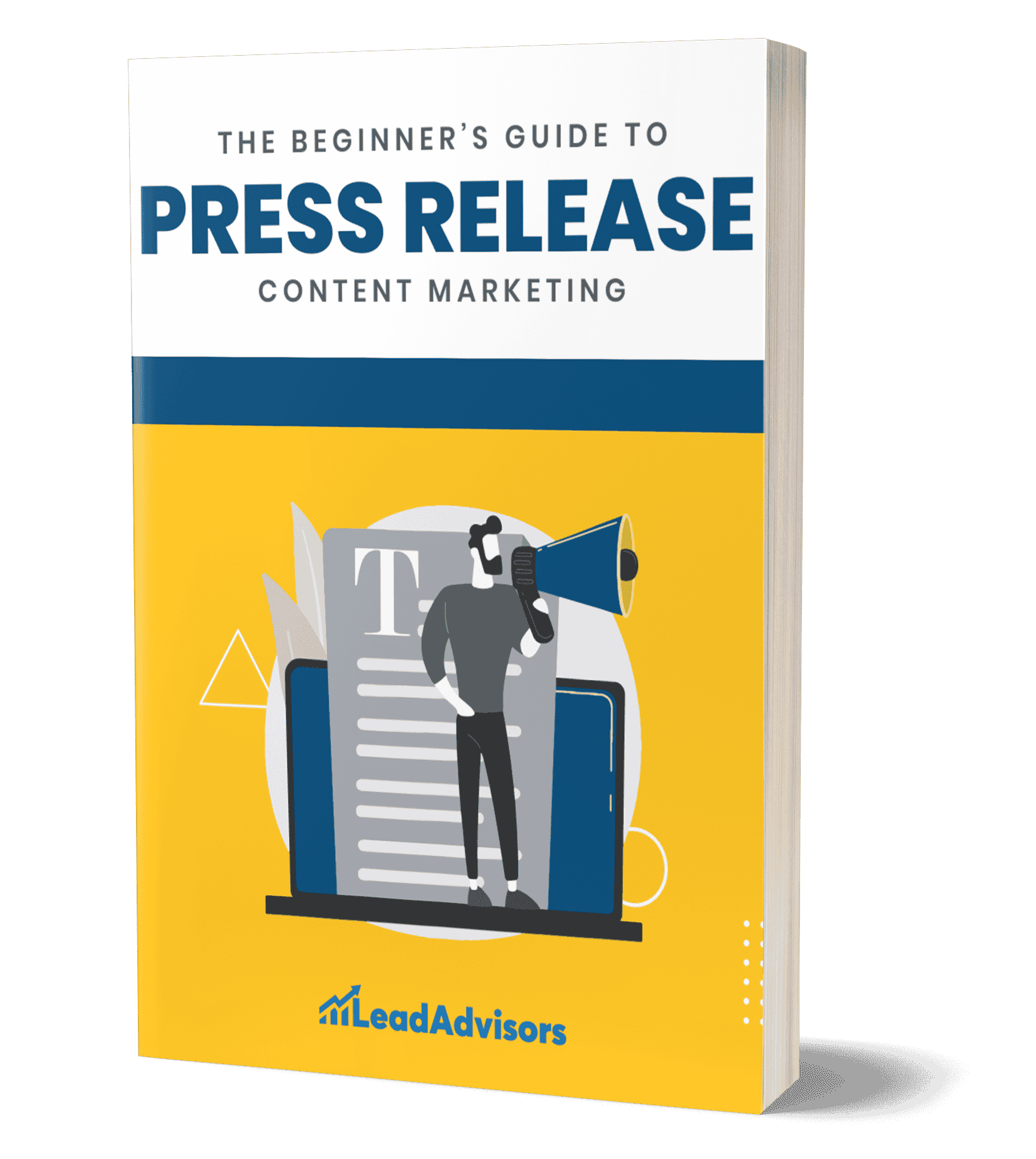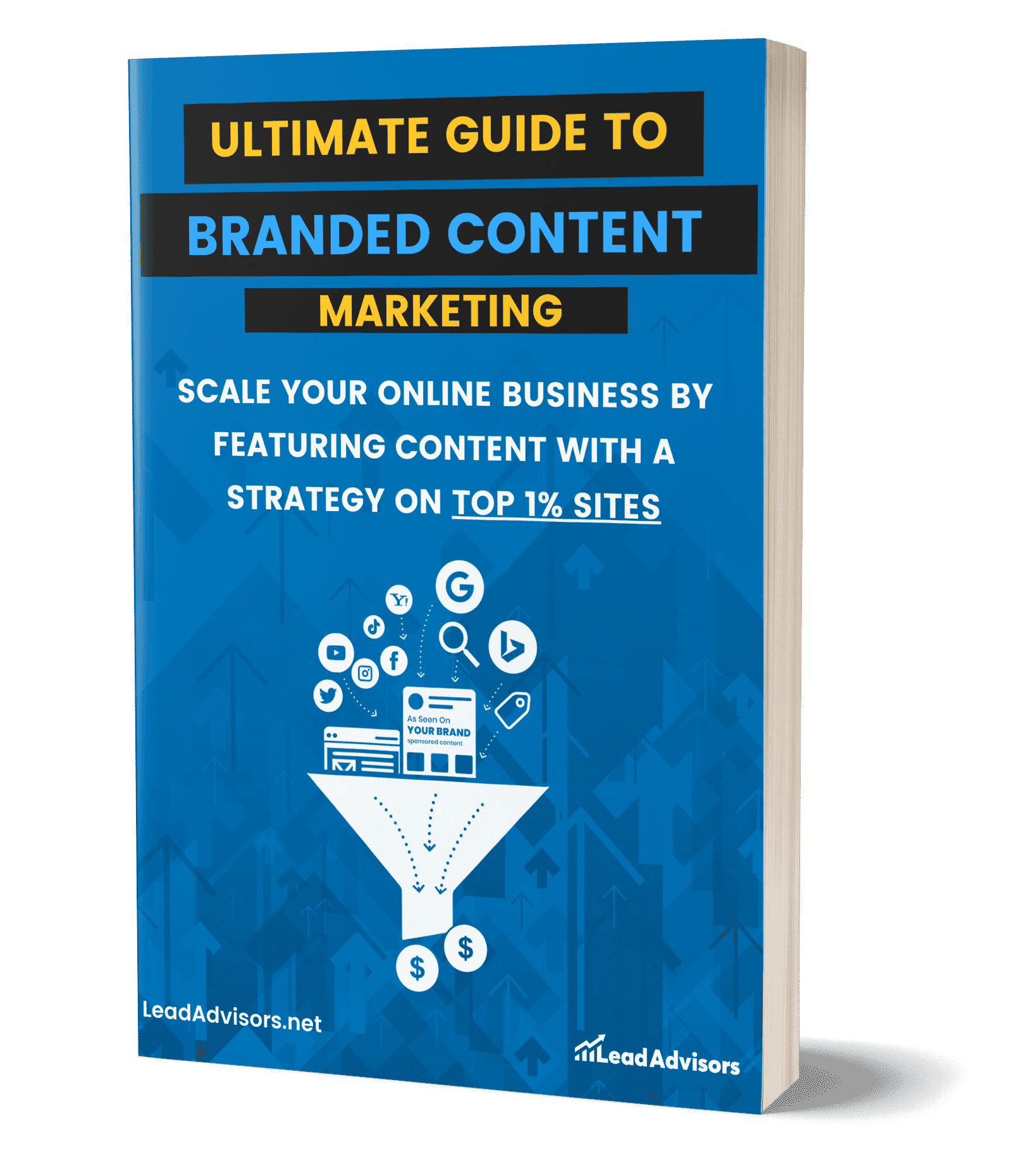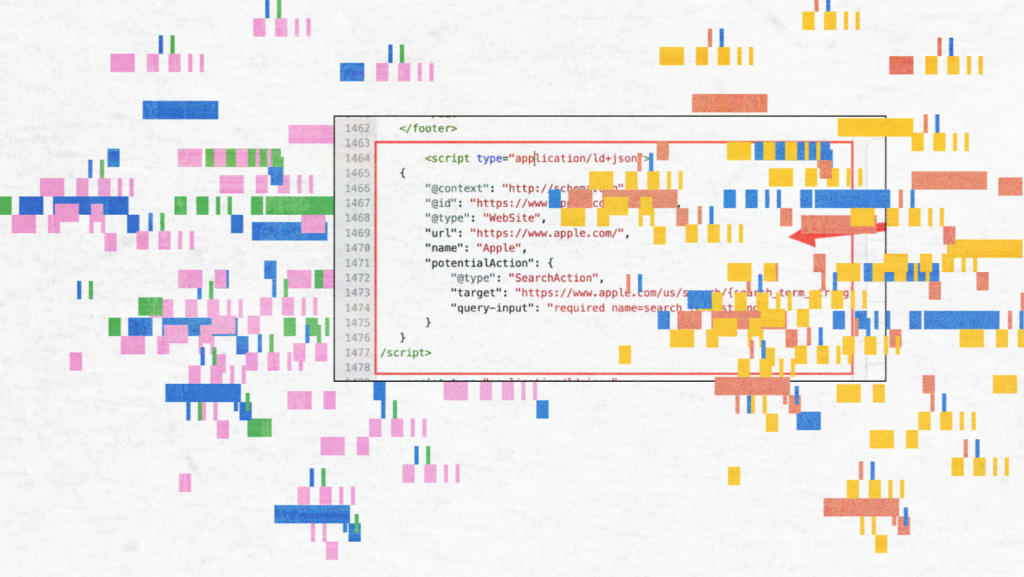Content gap analysis is a strategic approach to identifying missing or underdeveloped content that your target audience is searching for. According to HubSpot, companies that publish 16 or more blog posts per month see nearly 3.5 times more traffic than those that post four or fewer times.
This process helps uncover opportunities to fill these gaps with valuable content, improving your site’s SEO, user engagement, and overall authority. Content gap analysis is crucial in content marketing, aiding in mobile optimization and helping to build a robust social media plan.
In this guide, we will explore the importance of content gap analysis, methods to conduct it, and actionable strategies to leverage the findings.
What Is Content Gap Analysis?
Content gap analysis involves examining your existing content to find areas that are missing or underdeveloped compared to what your target audience is searching for.
This practice helps identify opportunities to create new content that addresses these gaps. By doing so, you enhance your SEO and meet the informational needs of your audience more effectively.
How to Conduct a Content Gap Analysis

Analyze Your Current Content Inventory
Start by assessing the content you already have, categorizing it by type, topic, and performance. Utilize tools like Google Analytics to identify which pieces are driving traffic and engagement. Evaluate your content hub to ensure all central topics are adequately covered.
Identify underperforming content for potential content pruning and spot any duplicate content that needs consolidation to avoid content cannibalization. Consider opportunities to repurpose content to fill gaps or update older pieces.
Additionally, integrate LSI (Latent Semantic Indexing) and NLP (Natural Language Processing) techniques to enhance content relevance and depth. This comprehensive assessment helps in understanding what content is missing or underdeveloped.
Check Website Needs to Assess Content Gap
Begin by evaluating your website’s specific needs to identify content gaps and opportunities for improvement. Assess your current SEO performance, user engagement metrics, and overall site structure. Use tools like Google Analytics and Search Console to gain insights into user behavior and search performance.
Moreover, evaluate your website architecture and conduct user journey mapping to identify areas needing keyword optimization, content expansion, or updates. For the UX, it is important to use iterative design.
Focus on optimizing landing pages and cornerstone content for better user experience and SEO. Ensure on-page SEO and technical SEO are up to date to enhance visibility and search engine rankings.
Conduct Keyword Research
Perform keyword research to identify what your target audience is searching for. Use tools like SEMrush or Ahrefs to find relevant keywords and topics that you haven’t covered yet. Look for high-volume keywords that align with your business goals but are currently underserved by your content.
Map these keywords to your content strategy to fill gaps and rank content for Google effectively. Additionally, optimize website titles and tags to enhance visibility and relevance in search engine results. With this, your content meets audience needs and improves SEO performance.
Benchmark Against Competitors
Analyze your competitors’ content to see what topics they are covering that you are not. Basically, use tools like Ahrefs or SEMrush to find their top-performing content and identify any gaps in your own content.
Look for opportunities accordingly to create better, more comprehensive content on these topics.
Identify Content Gaps
Based on your content inventory, keyword research, and competitor analysis, create a list of content gaps. These gaps represent topics or keywords relevant to your audience but not adequately covered by your current content.
Addressing these gaps can boost your website ranking and improve overall SEO performance. Use on-page SEO tools to refine your approach consequently.
Focus on creating pillar content and a cohesive SEO-friendly blog structure to cover these topics comprehensively and effectively. This strategy enhances your site’s visibility and engagement.
Develop a Content Plan
Prioritize the identified content gaps based on their potential impact on your SEO and business goals. Develop a comprehensive content plan that addresses these gaps through content writing, including new content creation and updating existing pieces correspondingly.
Utilize topic clusters and various types of SEO content to ensure comprehensive coverage. Moreover, implement a content calendar to schedule and track your content production process, including link building and content syndication.
Conduct regular content audits to refine your strategy. Lastly, write engaging blogs and short-form content, maintain a strong visual identity, and enhance your link-building efforts.
If you’re operating in the software space, a solid SaaS SEO strategy that includes content gap analysis can increase traffic and user signups.
Measure and Adjust
Generally, get specific metrics and KPIs to measure the performance of your new content. Use analytics tools to track the effectiveness of your content in filling the identified gaps.
Regularly review and adjust your content strategy based on performance data to ensure continuous improvement. Incorporate content promotion strategies to boost visibility. Monitor SEO KPIs and stay updated with SEO trends to keep your strategy relevant.
Integrate social media branding and a comprehensive social media marketing plan to enhance your content marketing efforts. This iterative approach ensures ongoing optimization and success.
Regularly reviewing content performance should be part of your overall SEO maintenance to keep rankings high and your strategy adaptive.
Benefits of Conducting Content Gap Analysis
Conducting a content gap analysis provides several significant benefits. This process not only helps in enhancing your content strategy but also ensures your audience’s needs are thoroughly met. Here are the key advantages of performing a content gap analysis:
Improved Keyword Targeting and Ranking
By identifying underrepresented topics and keywords, you can create content that specifically targets these areas, leading to better search engine rankings and increased organic traffic.
Enhanced User Experience
Providing comprehensive and valuable content that meets the needs of your audience enhances user engagement and satisfaction, keeping visitors on your site longer.
Competitive Advantage
Filling content gaps ensures your content is more complete and useful than that of your competitors, giving you an edge in attracting and retaining an audience. This is very helpful to agencies offering SEO for resellers can apply content gap analysis to deliver tailored strategies for their white-label clients.
Optimized Content Strategy
A thorough analysis helps refine your content marketing strategy, ensuring you produce relevant and high-impact content consistently.
Support for Mobile Optimization and Social Media Planning
Identifying content gaps aids in creating mobile-optimized content and developing a robust social media plan, ensuring your content reaches a wider audience across various platforms.
Frequently Asked Questions
How often should I conduct a content gap analysis?
What tools are best for finding content gaps?
Can small businesses benefit from content gap analysis?
How does content gap analysis improve SEO?
Is content gap analysis the same as a content audit?
Wrapping Up
Content gap analysis isn’t just about finding what’s missing—it’s about uncovering opportunities to connect with your audience in more meaningful ways. By identifying underdeveloped areas, refining your strategy, and consistently filling those gaps, you strengthen your SEO, boost engagement, and stay ahead of competitors. The key is to treat content gap analysis as an ongoing process, not a one-time task. With regular reviews and adjustments, you’ll ensure your content stays relevant, valuable, and aligned with your audience’s evolving needs.











